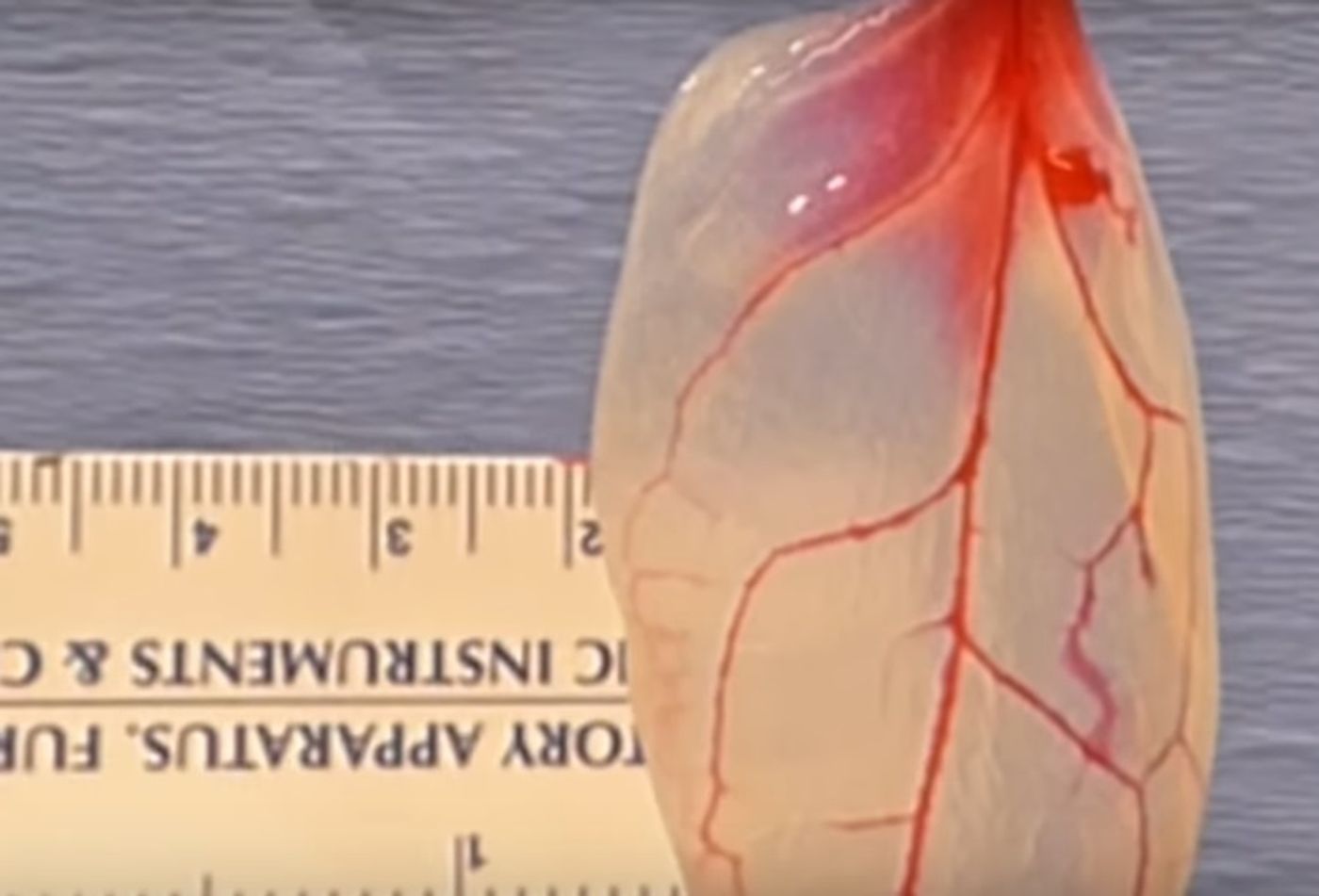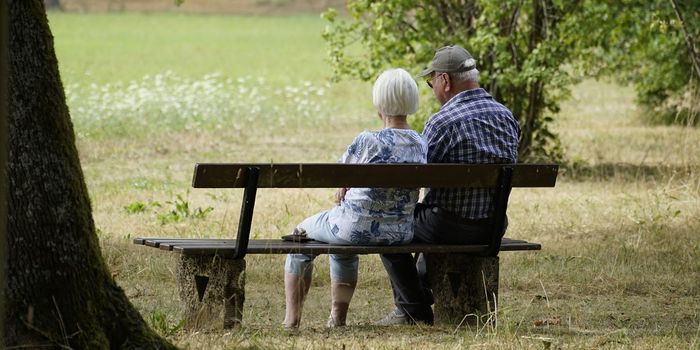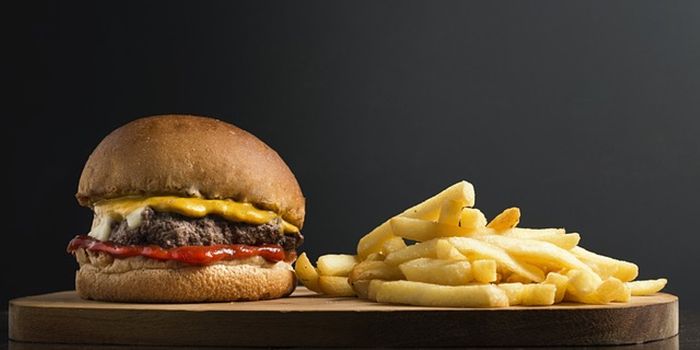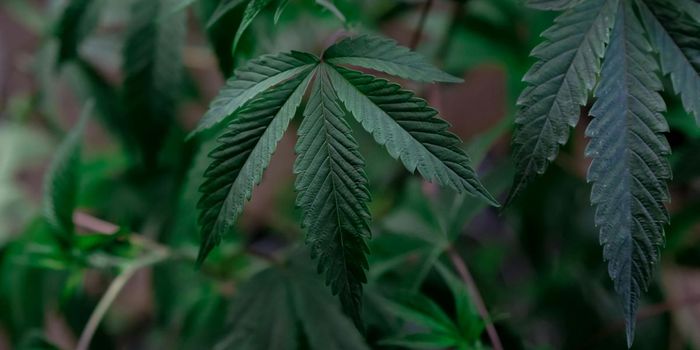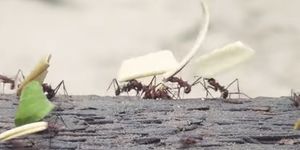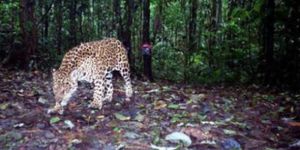For the latest advances in building scaffolds for human tissue regeneration, current 3D printing technologies aren’t cutting it. Regenerating tissues to build entire organs requires a scaffold capable of hosting a complex vascular system to deliver blood into the developing tissue as if the tissue were growing in a human embryo, and it looks like spinach leaves might be the best candidate for the job.
"Adapting abundant plants that farmers have been cultivating for thousands of years for use in tissue engineering could solve a host of problems,” said corresponding author of the new Biomaterials study, Glenn Gaudette, PhD from the Worcester Polytechnic Institute.
The process begins with the removal of plant cells from the surface of spinach leaves, leaving behind cellulose, a natural and harmless substance that is considered to be biocompatible and, according to the study authors, has already been used in a wide variety of regenerative medicine applications. Then, researchers culture beating human hearts on the spinach leaf, hijacking its vasculature to begin growing layers of healthy heart muscle tissue.
The image above shows a spinach leaf gradually stripped of its cells through decellularization. Source: Worcester Polytechnic Institute
"Plants and animals exploit fundamentally different approaches to transporting fluids, chemicals, and macromolecules, yet there are surprising similarities in their vascular network structures," the authors said. "The development of decellularized plants for scaffolding opens up the potential for a new branch of science that investigates the mimicry between plant and animal."
Removing the plant cells from spinach leaves includes a process involving flowing a detergent solution through the leaves’ veins. “When I looked at the spinach leaf, its stem reminded me of an aorta,” explained graduate student and first author Joshua Gerslak. “So I thought, let’s perfuse right through the stem.”
A similar process was also found by Gerslak to be effective at removing plant cells from parsley, sweet wormwood, and peanut hair roots, but spinach leaves seem to be the best choice for highly vascularized tissue, while the other plants might be better choices for generating other cells.
For now, researchers from the Worcester Polytechnic Institute are working on optimizing the decellularization process and exploring how different human cell types grow on the surface of plant-based scaffolds. The promise of a new, low-cost method for regenerating human heart tissue for potential implantation is large.
Source: Worcester Polytechnic Institute
